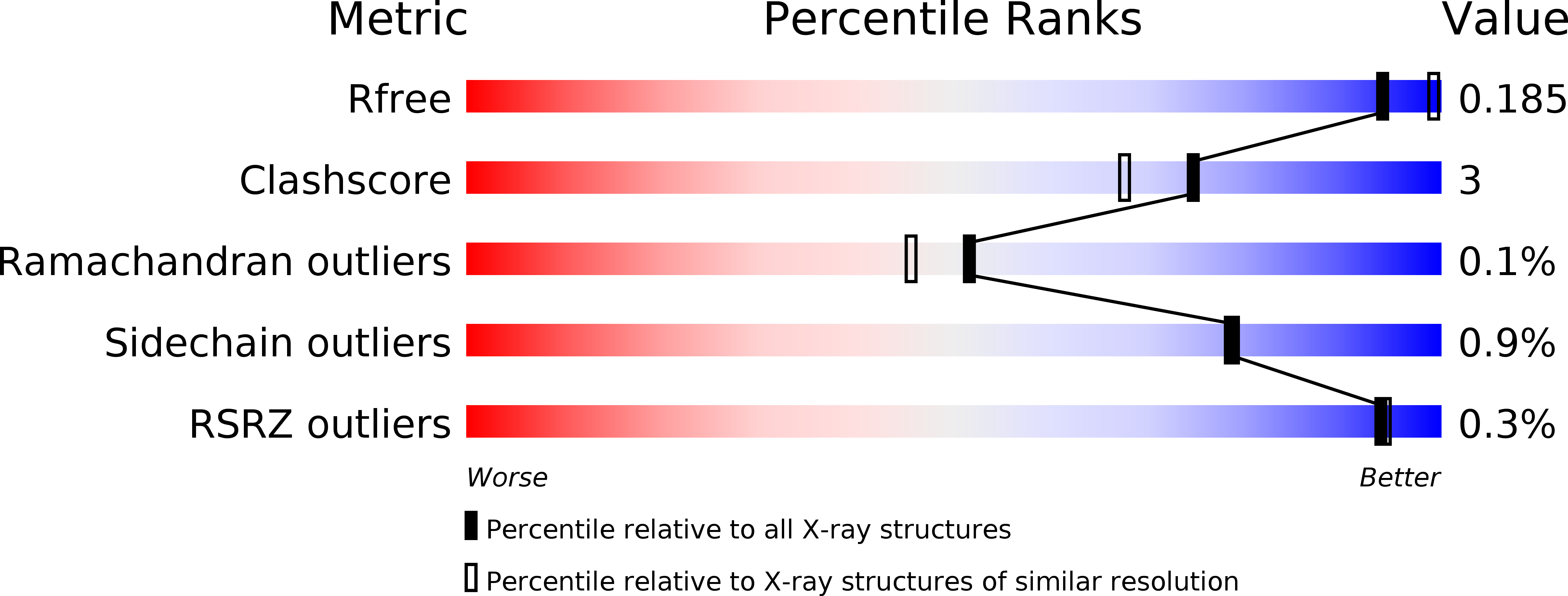
Deposition Date
2018-06-27
Release Date
2019-01-23
Last Version Date
2024-01-17
Entry Detail
Biological Source:
Source Organism:
Alicyclobacillus sp. (Taxon ID: 61169)
Host Organism:
Method Details:
Experimental Method:
Resolution:
2.07 Å
R-Value Free:
0.17
R-Value Work:
0.13
R-Value Observed:
0.14
Space Group:
P 41 21 2


